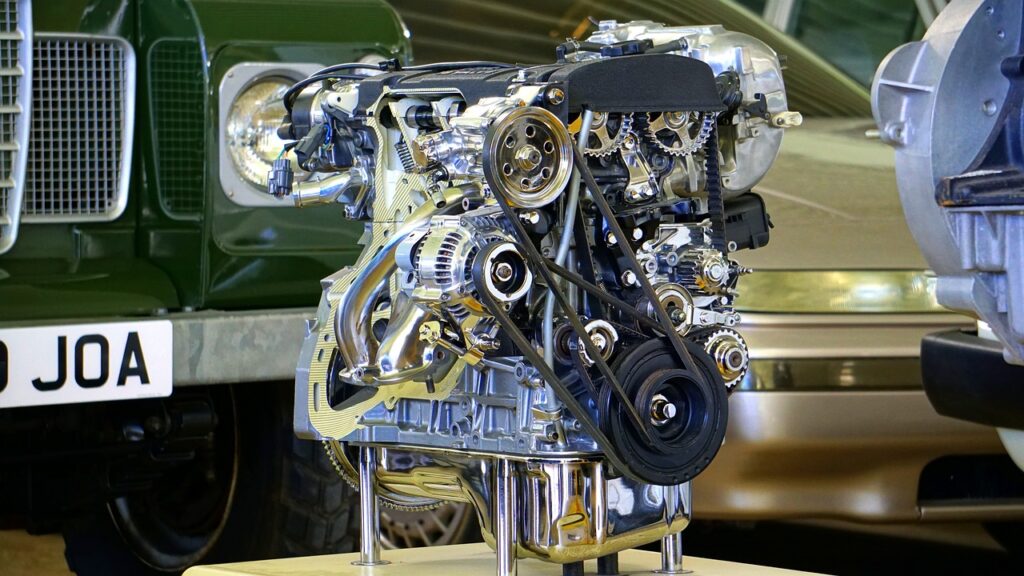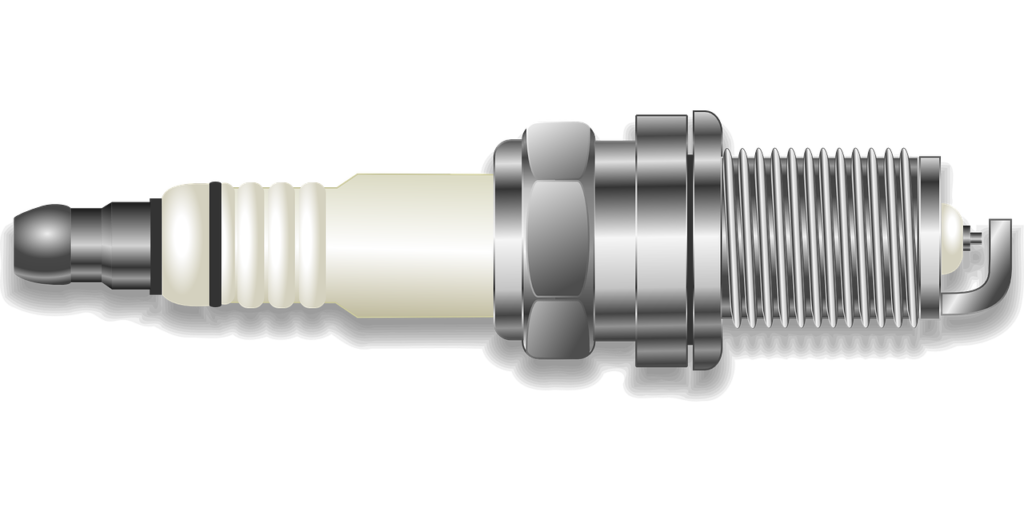What is the internal combustion Engine?
The internal combustion engine, also known as the ICE, is a type of engine that is used in a variety of vehicles, including cars, trucks, and boats. It is one of the most widely used types of engines in the world and has revolutionized the way we transport goods and people.

The basic principle of the internal combustion engine is the controlled explosion of fuel in a chamber, which generates energy that is then converted into mechanical motion. The engine consists of several key components, including a cylinder block, pistons, valves, and a crankshaft.
The process of combustion begins when fuel is mixed with air and ignited in the cylinder block. As the fuel burns, it expands rapidly, pushing the piston down and generating energy that is transferred to the crankshaft.
This energy is then transmitted to the transmission and wheels, propelling the vehicle forward. The key component that initiates the explosion of the fuel is the spark plug.

There are several types of internal combustion engines, including gasoline, diesel, and hybrid engines. Gasoline engines are the most common type of internal combustion engine and are used in most passenger cars. Diesel engines are typically used in larger vehicles, such as trucks and buses, due to their efficiency and durability.
Hybrid vehicles combine the use of an internal combustion engine with an electric motor, allowing for improved fuel efficiency and reduced emissions. There are 2 common types of electric motors: brushed & brushless. Take a break & enjoy the video below featuring one of our favorite RC trucks with a brushless electric motor. The Traxxas MAXX
What Is The Internal Combustion Engine – Drawbacks?
While the internal combustion engine has revolutionized transportation, it also has some drawbacks. One of the biggest concerns is its impact on the environment. Particularly due to the emission of pollutants such as carbon monoxide, nitrogen oxides, and particulate matter. Additionally, the reliance on fossil fuels for fuel can lead to issues with supply and pricing volatility.

Despite these concerns, the internal combustion engine remains a crucial technology in the transportation sector. Advances in engine design, such as improved fuel efficiency and reduced emissions, have helped to reduce some of these concerns. Additionally, the development of alternative fuels and propulsion systems have helped.
New innovations such as electric vehicles and hydrogen fuel cells, are providing new opportunities for transportation that may eventually replace the internal combustion engine altogether.
To summarize, the internal combustion engine is a powerful and essential technology that has played a key role in shaping the modern world. The internal combustion engine does have some limitations and concerns.
It’s continued development and use, alongside alternative propulsion systems, will be crucial in meeting the growing demands of transportation while also protecting our environment.
